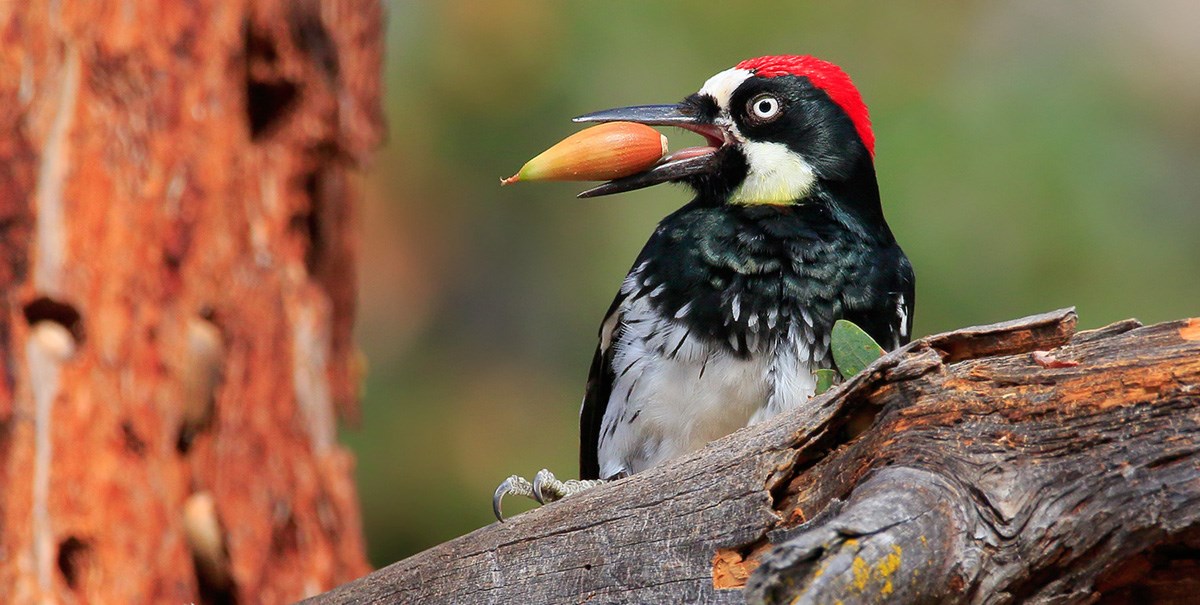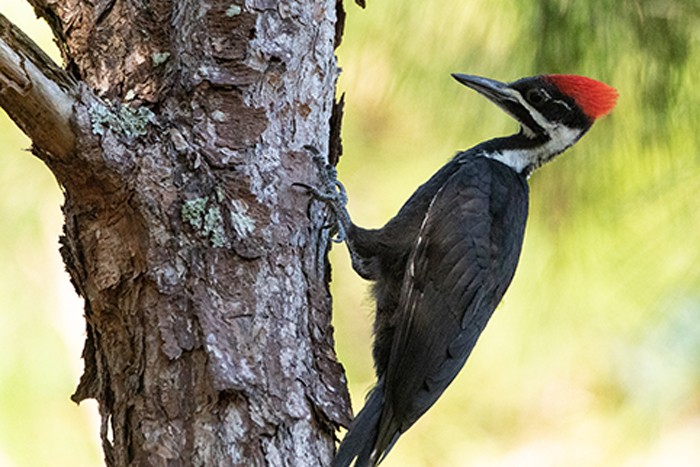Discover the Remarkable Globe of Woodpeckers: Whatever You Need to Know
The world of woodpeckers is a world filled up with one-of-a-kind habits, intricate adjustments, and a diverse variety of species. From their environments and circulation patterns to their feeding routines and specialized physiological functions, woodpeckers have actually long captivated the passion of ornithologists and nature enthusiasts alike.
Woodpecker Habitats and Circulation
Woodpeckers inhabit a diverse variety of settings worldwide, showcasing flexibility in their distribution patterns. These durable birds are discovered in woodlands, woodlands, savannas, and deserts across different continents, showing their capacity to grow in different climatic conditions. In North America, as an example, woodpeckers can be detected in both coniferous and deciduous woodlands, using their strong beaks to forage for insects and create nesting tooth cavities in trees. In Africa, specific woodpecker types have adapted to dry environments, such as the acacia timberlands, where they play an essential role in managing insect populaces.

Feeding Behaviors and Diet Regimen
Woodpeckers utilize their solid beaks to drill into the bark of trees, penetrating for insects and larvae hidden underneath the surface area. In enhancement to bugs, woodpeckers also eat nuts, seeds, fruits, and sap.
Woodpeckers are understood for their drumming habits, which serves not just to communicate with various other woodpeckers yet likewise to find food. The fast drumming audio is developed by the bird pecking on powerful surface areas like dead trees or steel poles. This actions can bring in bugs hidden in the timber, enabling the woodpecker to find their presence and feed on them.
One-of-a-kind Adaptations for Tree Climbing
In their skilled pursuit of bugs concealed within tree bark, woodpeckers have evolved impressive anatomical attributes that furnish them with distinct adaptations for efficient tree climbing. Woodpeckers have solid neck muscle mass and an one-of-a-kind skull structure that take in the impact of consistent pecking, allowing them to climb vertically without creating damage to their minds. These adjustments showcase the extraordinary evolutionary design that weblink allows woodpeckers to navigate trees with precision and performance.
Diverse Woodpecker Types Worldwide
With over 200 different types spread across numerous environments worldwide, the family members of Picidae includes a remarkable variety of woodpeckers. These birds can be found in woodlands, woodlands, savannas, and even city locations, showcasing their adaptability to different environments. From the famous Northern Flicker in The United States And copyright to the colorful and elusive Crimson-backed Flameback in Asia, each woodpecker varieties shows one-of-a-kind features in terms of plumage, actions, and environment choice.
Woodpeckers vary greatly in dimension, with the small Downy Woodpecker gauging around 6-7 inches in size, while the powerful Lineated Woodpecker can get to up to 17 inches - Woodpeckers in Florida. Their beaks likewise are available in different shapes and dimensions, showing their feeding routines. Some species focus on extracting bugs from tree bark, like the Acorn Woodpecker, while others, such as the Black-cheeked Woodpecker, feed upon fruits and seeds

Preservation Efforts and Difficulties
Conservation campaigns for woodpecker populations are vital in minimizing the impact of habitat loss and other dangers encountering these varied avian species. Woodpeckers face different difficulties to their survival, largely as a result of deforestation, urbanization, environment adjustment, and intrusive species. To address these problems, conservation efforts focus on securing and recovering woodpecker environments, applying lasting forestry techniques, and elevating recognition concerning the relevance of these birds in ecosystems.
One substantial obstacle in woodpecker preservation is the fragmentation see this page of their environments, bring about separated populaces that are a lot more susceptible to extinction - Woodpeckers in Florida. Conservationists work to create wild animals hallways and secured areas that connect these fragmented habitats, permitting woodpeckers to relocate between different areas for feeding, reproducing, and sanctuary

Verdict
In final thought, woodpeckers are interesting birds with special adaptations for tree climbing and feeding habits. Additional research and conservation activities are required to make certain the survival of woodpeckers in the wild.
Comments on “Observing Woodpeckers in Florida: Species Diversity and Circulation”